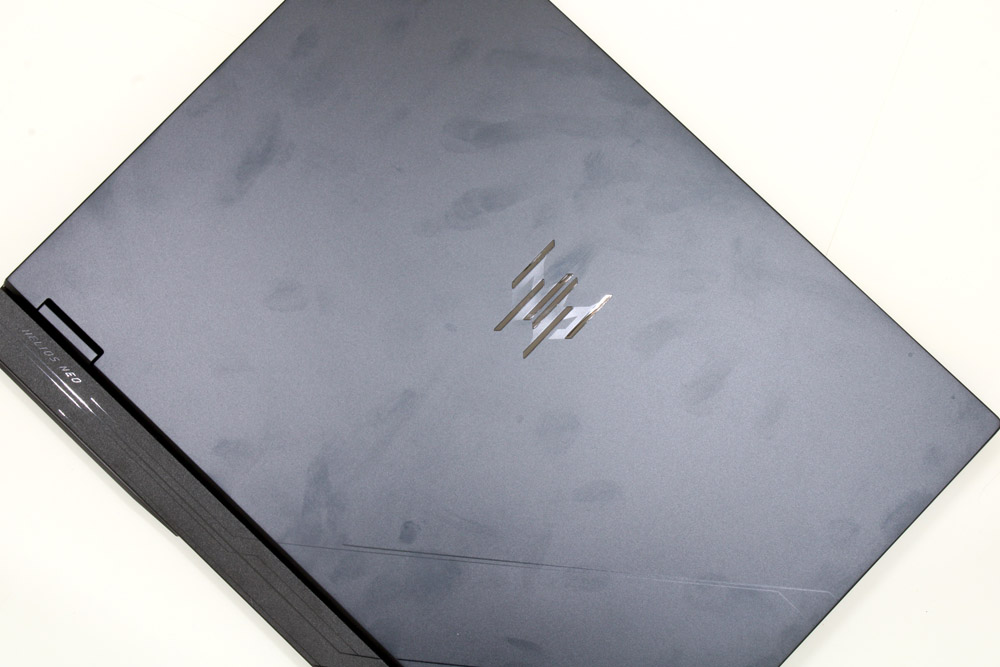I’m a teacher — here’s the gaming laptop I would use in my classroom
A gaming laptop has been the only thing that lets me teach how I want to without disrupting the other teacher’s space and keeps me on IT’s good side.

It might be unusual to hear a teacher say they need a gaming laptop for their lesson plans, but I’m not a typical teacher. I’ve been teaching game writing classes at an arts high school since 2017, and playing games live in class is a crucial part of my lesson plans.
Although I have a custom-built gaming desktop and dual-screen laptop (the Lenovo Yoga Book 9i) that I adore, they’re not portable or powerful enough for me to use in the classroom — because I don’t have my own classroom.

Every semester, I borrow a classroom space from another teacher for two hours, one day a week, so there isn’t space for me to set up a gaming rig without completely rearranging that teacher’s desk.
I’ve thought about begging the IT department to install GeForce Now on the classroom computer. Still, some of them don’t even meet the required specs to stream games over the internet, and I never know my classroom assignment until a couple of weeks before the new semester starts.
A gaming laptop has been the only thing that lets me teach the way I want to teach without disrupting the other teacher’s space and keeps me on IT’s good side.

My last gaming laptop was a Lenovo Y720 with an Intel processor and an Nvidia RTX 1050 Ti. It was a bulky, aggressive-looking thing with a 15.6-inch display.
It was not the most convenient to carry around, either, but it did what I needed it to do just fine. Then the battery stopped holding a charge, and the motherboard died right as the Covid-19 pandemic forced us all out of the classroom.
Sign up to receive The Snapshot, a free special dispatch from Laptop Mag, in your inbox.
It didn’t make sense for me to buy a new gaming laptop then since I had my desktop and could stream my lessons on Twitch, but now I really need one. Acer’s Predator Helios Neo 14 would be one hell of an upgrade from my last one at a price that doesn’t make me want to weep.
As I mentioned in my review, it has a lot going for it, but there are a few things that would benefit my unique (and niche) needs.
Unlike my Yoga Book 9i, it has an HDMI port, so I’d only need one adapter cable to connect it to the overhead projector via the VGA wall port — not the separate VGA to DisplayPort and DisplayPort to USB-C adapters I’m currently using.
It has a 35mm audio jack, so I won’t need an AUX to USB-C adapter to use the classroom’s computer speakers. (That’s right: this classroom does not have a Bluetooth speaker.)
The Helios Neo 14 is much nicer looking, has a 14-inch display, so it’s easier to carry around and has more powerful integrated graphics.
I can run visual novels and other non-graphically intensive games on battery power without draining the battery life. There’s an Nvidia RTX 4070 inside for the games that need a discrete GPU.
Bonus: I can game with it on my lap without discomfort from the heat. That means I can sit in front of my classroom while lecturing, not chained to a desk.
But the best part about it is the price-to-everything ratio. I’m a teacher on a budget, so the Neo 14 RTX 4060 configuration is more enticing ($1,474 on Amazon), even though I know I’ll be giving up some performance.
A Razer gaming laptop is out of my price range, even for the same configuration. I would save about $100 if I went with the ROG Zephyrus G14 (the RTX 4060 version is on sale for $1,359 at Best Buy), but it runs uncomfortably warm.
The HP Omen Transcend 14 gets only four hours of battery life, half of the Helios Neo 14. Even though the Lenovo Legion 7i Gen 9 can also cost less, I do not like that the trackpad and arrow keys have been off-center to make room for a numpad.
Acer’s Predator Helios Neo 14 does and has everything I’m looking for, and if that means I have to spend a little extra for the convenience it offers, I’m totally okay with that.

Joanna Nelius is a contributing writer to Laptop Mag. She has reported on and reviewed laptops for The Verge, Gizmodo, PC Gamer, and USA Today.
